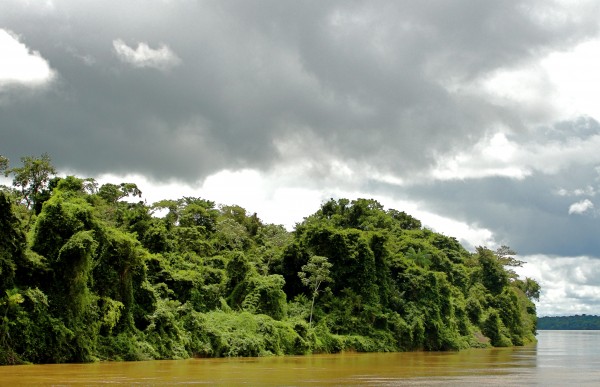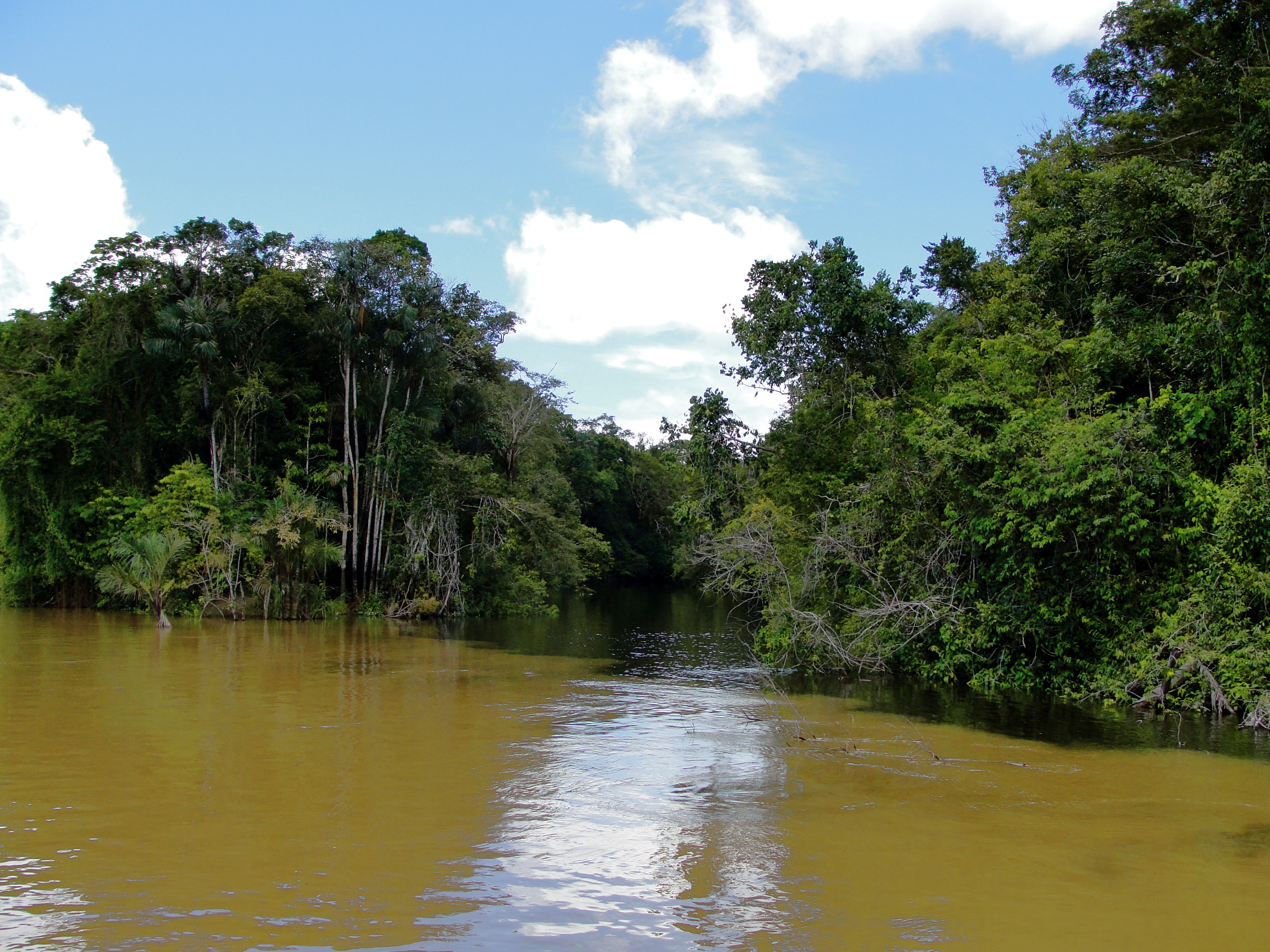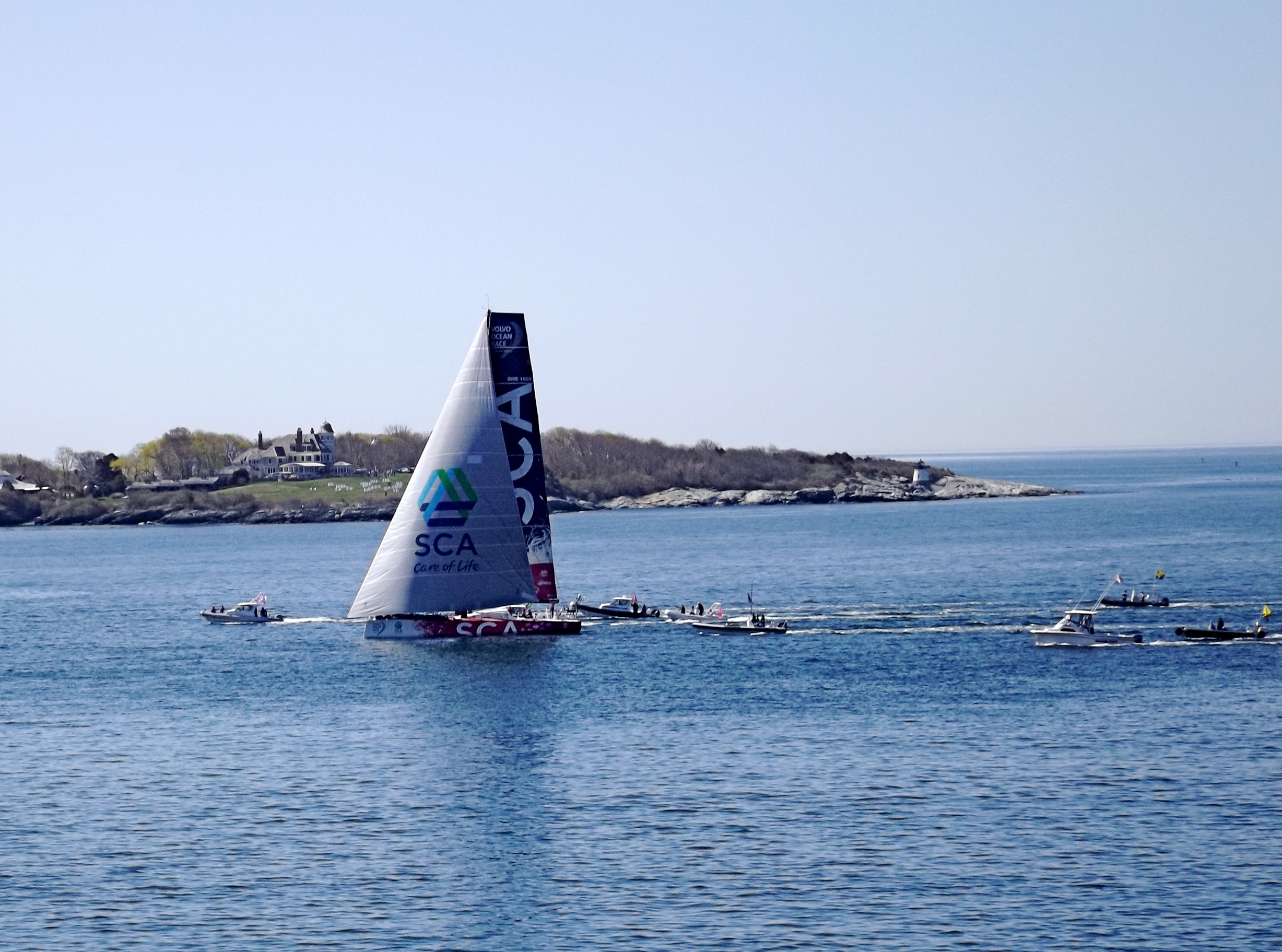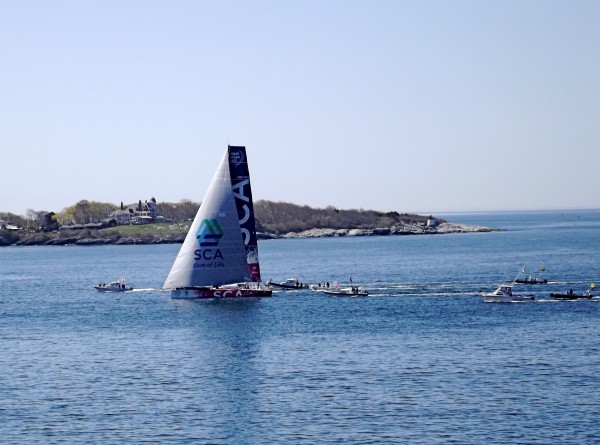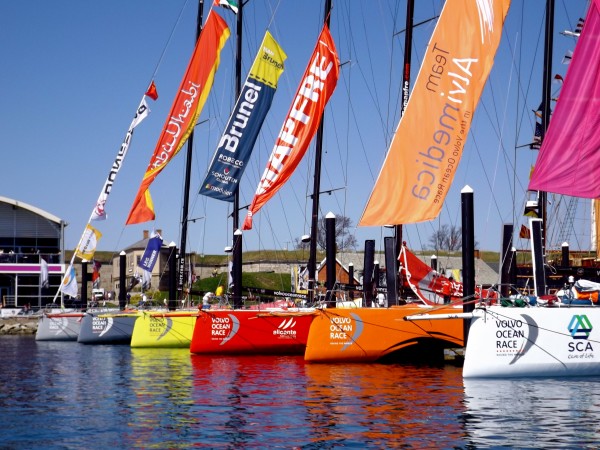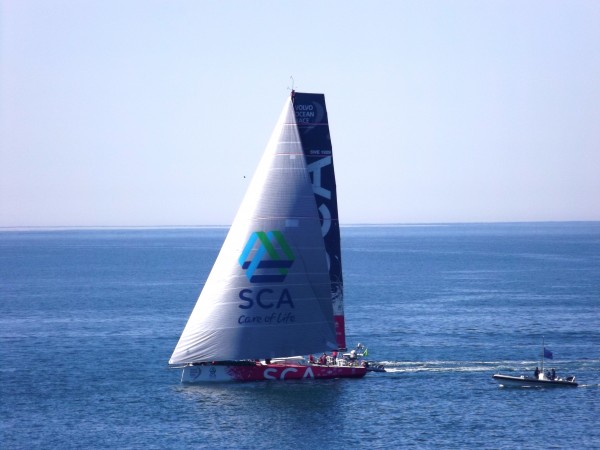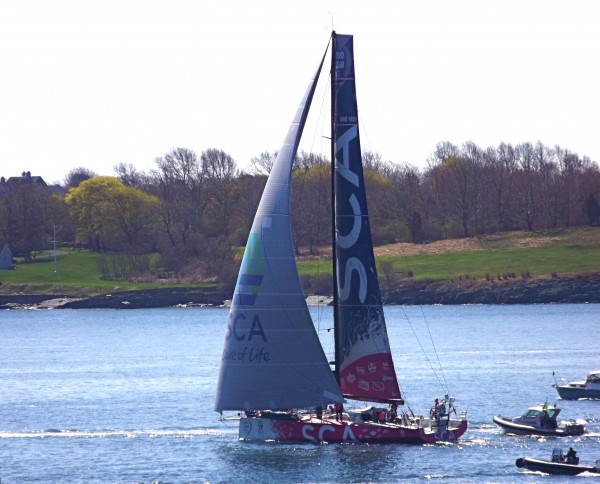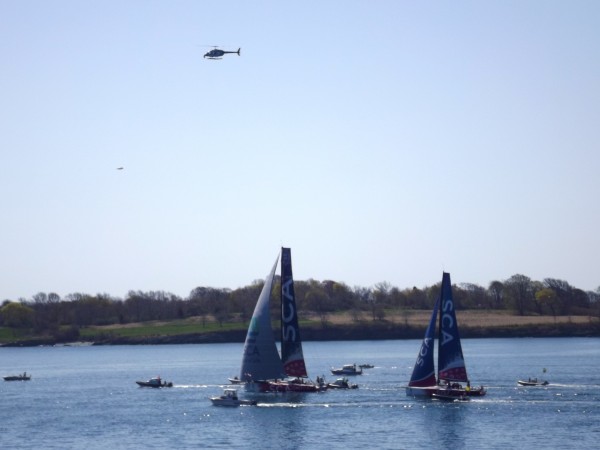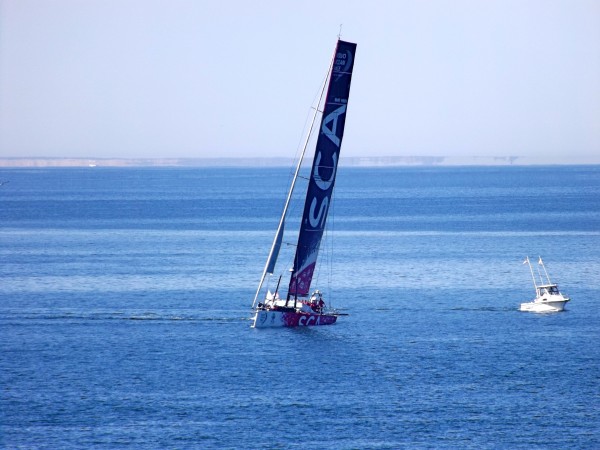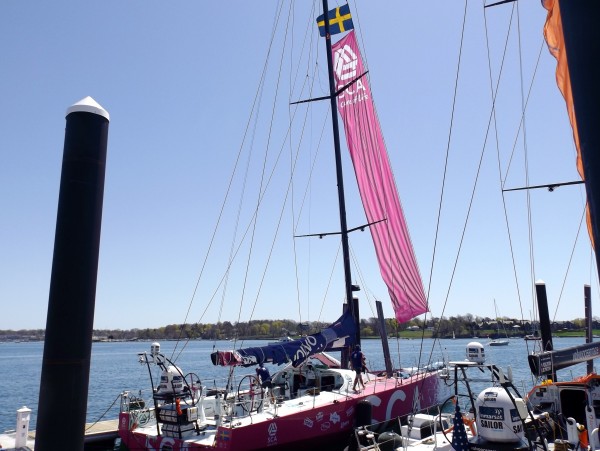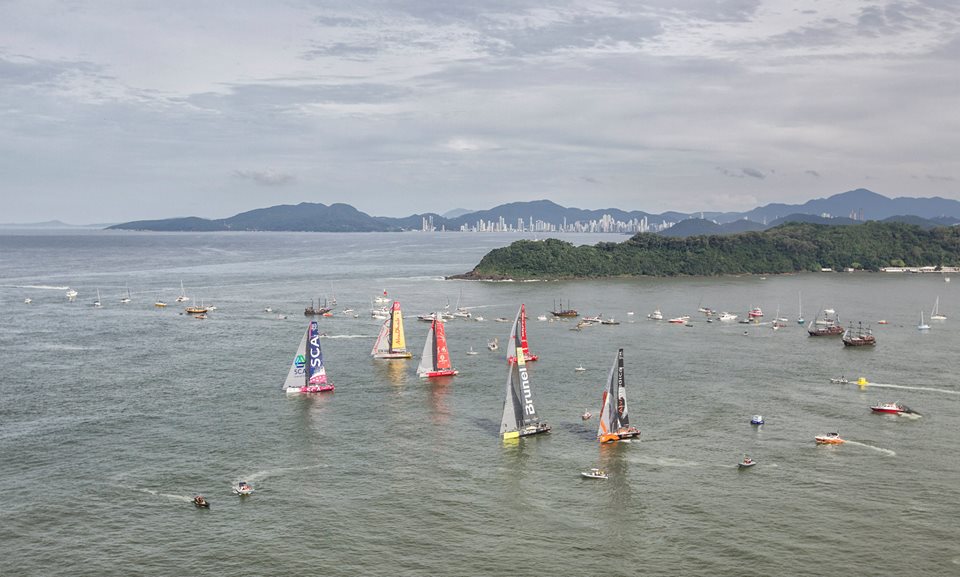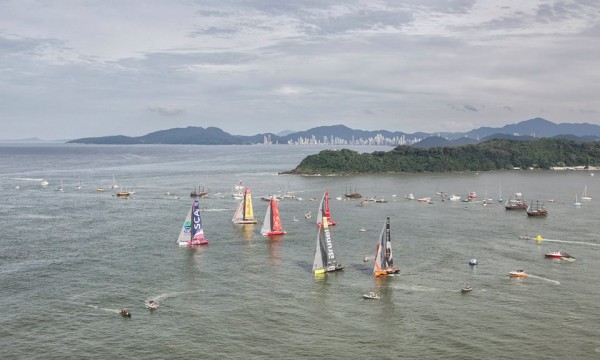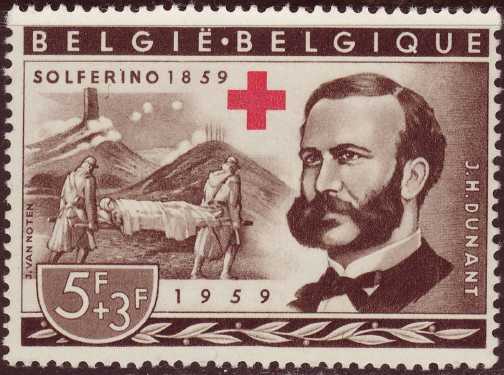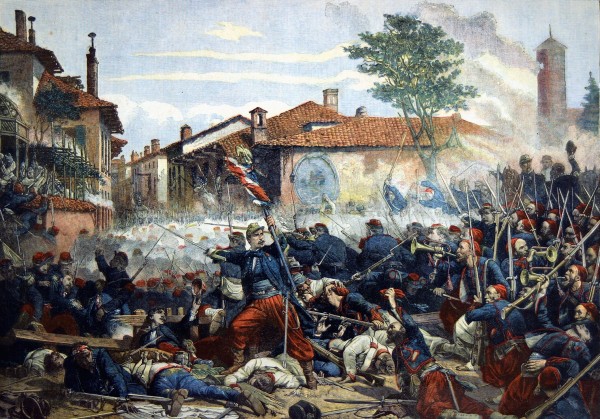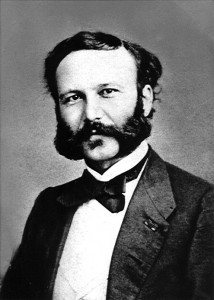A bloody corpse lay on the sidewalk in front of the gated hotel I was staying at in Caracas, Venezuela. A police car drove by but didn’t stop. This is one of the safest neighborhoods in a city that has more than 7,000 murders reported a year. Police won’t even patrol more than half of Caracas because some neighborhoods are so rife with danger and desperation.
But increasingly Caracas isn’t the most dangerous place in the Americas. That dubious distinction may now belong to the pristine tropical jungle of Amazonas, Venezuela. Into this lawless wilderness otherwise populated only by precious commodities and indigenous inhabitants have migrated FARC rebels from Colombia who are facilitating the illegal mining of gold, diamonds, uranium, and coltan. Backed by hundreds of millions of dollars of support from the US over the last seven years, the Colombian Army has waged a fierce campaign to push the FARC out of the areas they have occupied within Colombia. The vast majority of FARC soldiers fleeing the Colombian Army assault have taken refuge in the Venezuelan state of Amazonas.
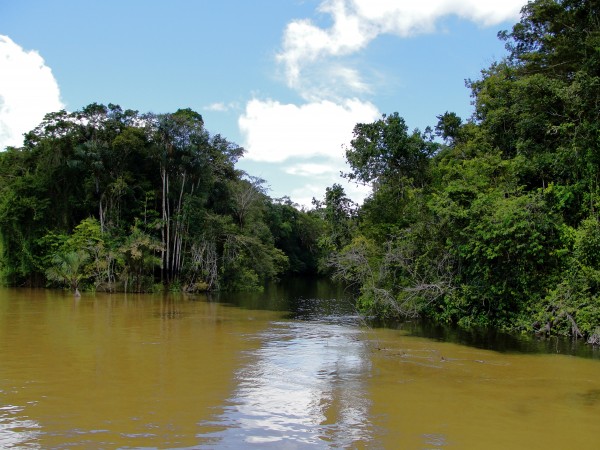
Amazonas, the southernmost state in Venezuela, is about twice the size of Florida. Most of it is dense jungle, 98 percent is unexplored, and it has less than 180,000 inhabitants, mostly living along the snaking Orinoco River. There are 20 indigenous groups living in Amazonas, making up 54 percent of the total population. I am a Venezuelan born American citizen and in 2007 traveled more than 600 miles along the Rio Negro, Brazo Casiquiare, and Rio Orinoco in Venezuela, nearly the entire length of the state of Amazonas. I was the only American to visit the interior that year.
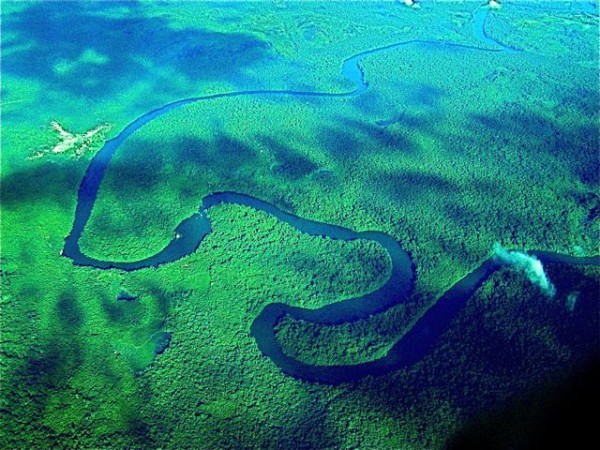
FARC soldiers are heavily armed with machine guns and tactical weapons such as land mines, and there are believed to be more than 4,000 of them in Amazonas, according to Governor Liborio Guarulla. In terms of sheer numbers, the military may be outgunned by the rebels. And what began as exile in Amazonas has transformed into a multi-million dollar criminal enterprise for the FARC rebels.
In November of 2014, the Colombian Army captured a FARC commander, Juan Jose Rivera Suarez, along with a shipment of coltan and uranium from Venezuela. A Venezuelan National Guard Intelligence Information Summary, dated January 2015, documented several columns of FARC soldiers “engaged in illegal mineral extraction.” Last year, 83 tons of smuggled Venezuelan coltan was seized during a Colombian Army raid on a cocaine smuggler’s operation in Colombia – more than $10 million worth. In the Colombian countryside, the FARC has traditionally extorted money from coca growers and coca paste laboratories, and assisted in the smuggling. Kidnappings have also brought in significant revenue, but illegal mining has now surpassed kidnappings as a source of income for the FARC.
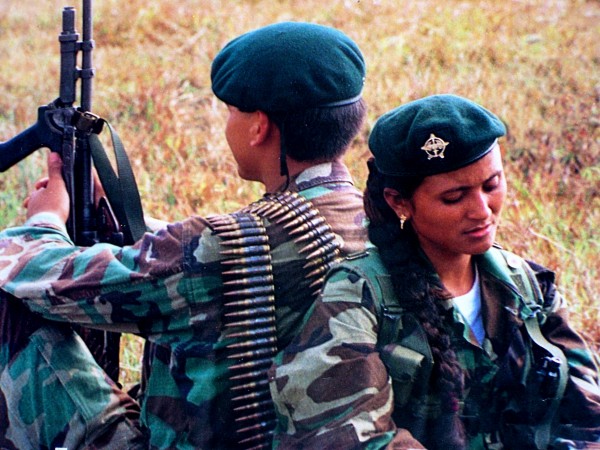
Coltan mined in the African Congo has been outlawed as a “conflict commodity” by the 2010 Dodd-Frank Act. Conflict commodities are those “extracted in conflict zones and sold to perpetuate the fighting.” International efforts have been made to identify and curtail the marketing of coltan from the Congo. Nonetheless, coltan is being openly poached in Amazonas. The coltan from Venezuela can be easily shipped to Colombia where it is legal. From there, much of it goes to China and some ends up in smart phones in the USA. Tantalum is extracted from coltan, and tantalum capacitors are the lightest, coolest, and most capable of high capacitance. Tantalum capacitors are used in microprocessors. They can be found in everything from aerospace electronics to household appliances including smart phones.
Raul Castro has announced positive headway with current FARC peace negotiations. A six month timetable has been set for the conclusion of peace negotiations. When the accord is signed, the rebels will lay down their arms. But will they also give up the lucrative practice of mining and smuggling coltan out of Venezuela?
The fanfare about progress with peace negotiations is appropriate for Colombia but peace, when it comes, may not bring an end to troubles in Southern Venezuela. Colombia will benefit greatly from peace with the FARC after 51 years of armed insurgency, and Venezuela may well be left with insurgents who outlive their insurgency. The lucrative trade in coltan is very tempting, and the immense expanse of jungle too easy to hide away in.
It will take an international effort to curtail the illegal mining of “conflict minerals” in Venezuela, with the same enforcement that is being given to illegal African mining. In the meantime short of such an agreement, it will be business as usual, and Venezuelan coltan will find its way into smart phones around the globe.
The jungle of Amazonas is an asset that can benefit all of mankind with hundreds of thousands of plant and millions of animal species. Twenty indigenous groups of people live there and have lived in the region for thousands of years. Will they be driven off their land by the criminal mining of “conflict minerals” in Venezuela? If so, the rest of us will also lose countless biological resources to the extensive pollution and soil upheaval of the illegal mines.
